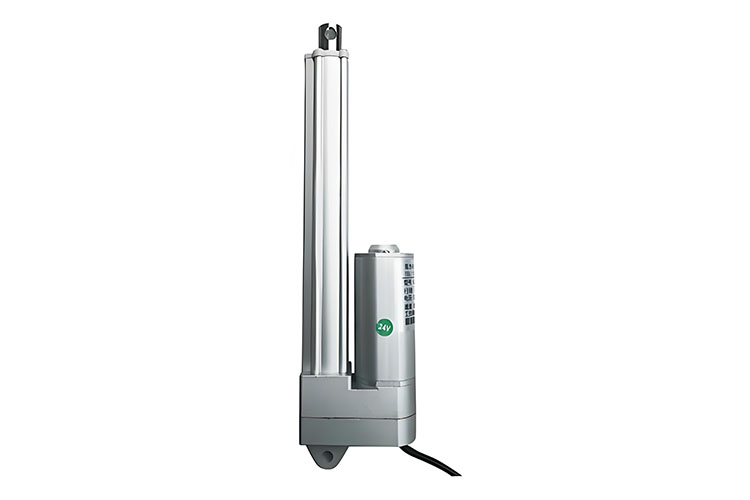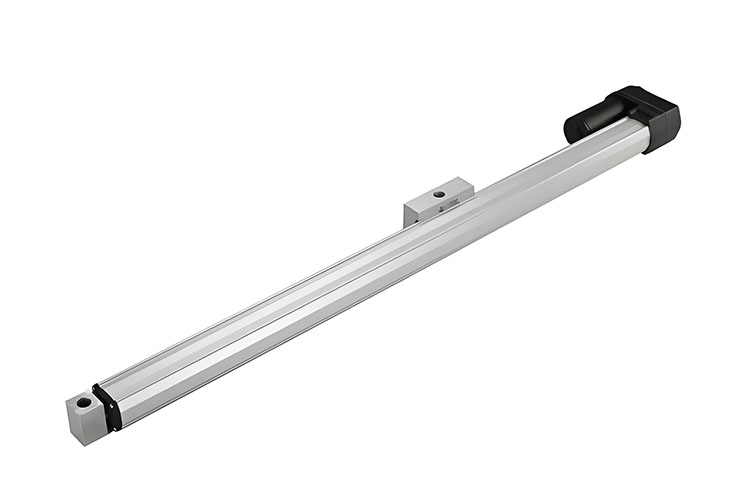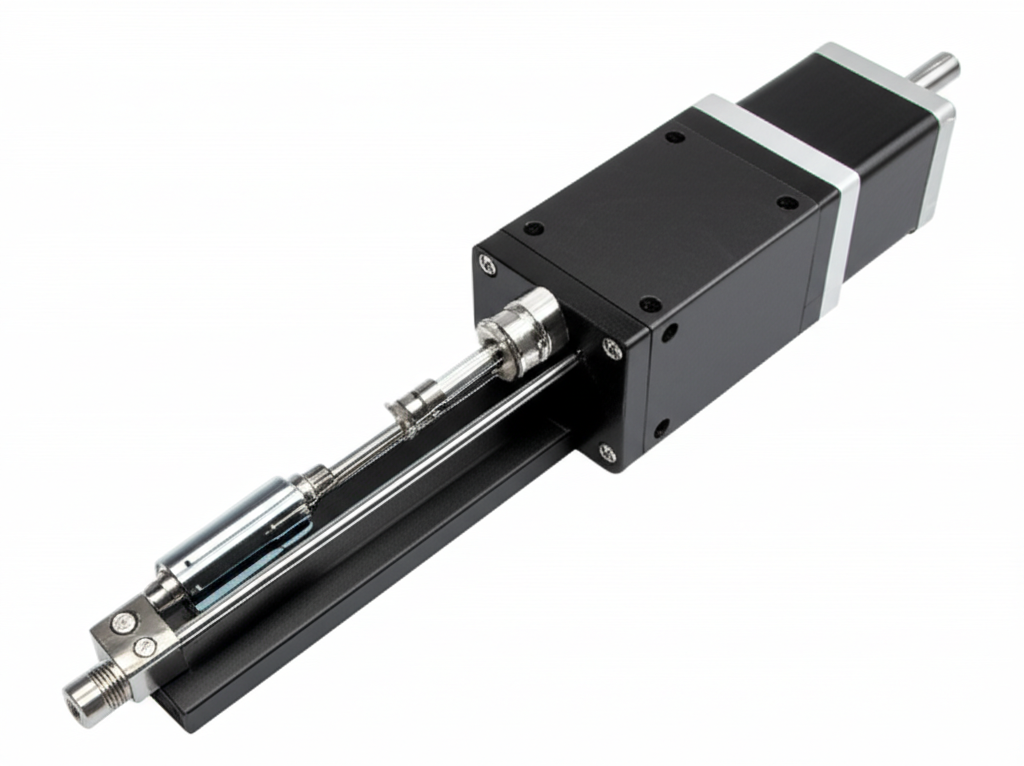Introduction: Meet Rotary Stepper Motors
Let me tell you about a special motor. It’s called a rotary stepper motor. When you press a button, it moves things precisely, bit by bit. This motor is great for exact jobs—no guessing, no mistakes. It turns electric pulses into tiny steps. Those small moves help machines know where to go and what to do.
At Jimi Technology Co., Ltd., we know how important stepper motors are. People use them in robotics, automation, and more. Why? Because they give precision positioning, strong holding torque, and open-loop operation. That means you can control things closely, without lots of fuss.
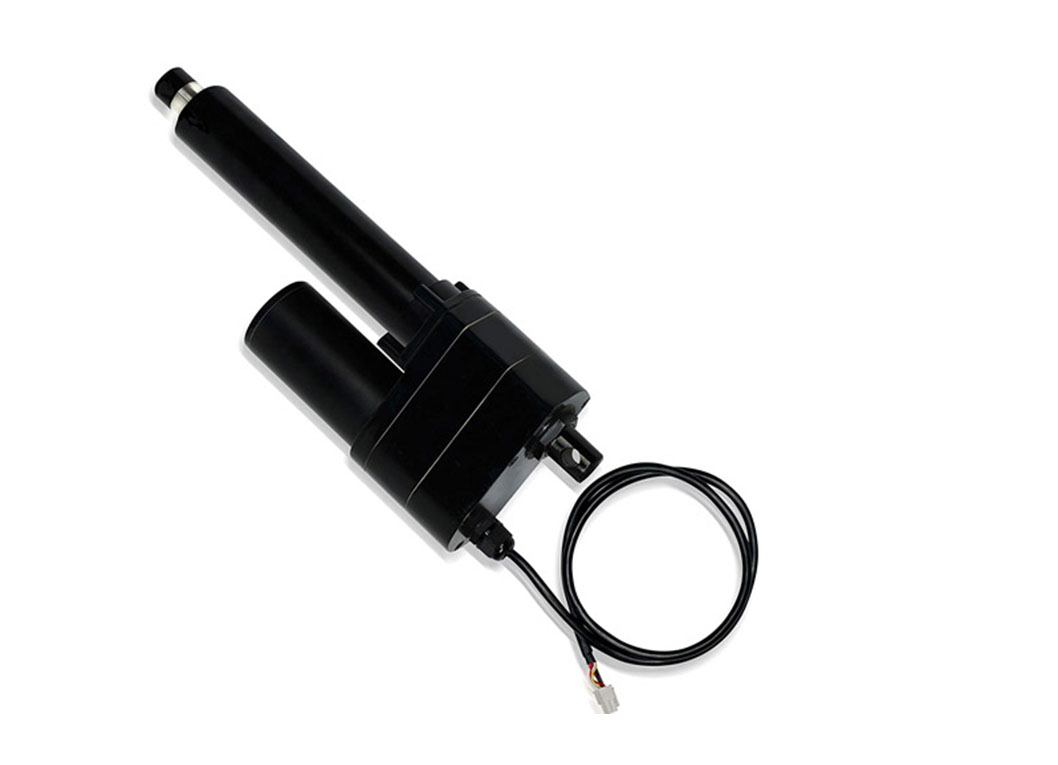
How Do Rotary Stepper Motors Work?
A stepper motor makes things move, one step at a time. It uses electromagnetic force to spin the rotor inside by turning coils on and off. Here’s how we make it easy:
- Electric pulses tell the motor to step.
- The controller sends those pulses.
- The driver helps give the right current and voltage.
- Each step moves the shaft just a little.
Microstepping and full step choices let you pick how smooth and exact you want things. More steps per revolution means better detail.
Parts you’ll find:
- Rotor: Spins in tiny steps.
- Stator: Has the coils.
- Bearings and Shaft: Help things turn smoothly.
Types of Rotary Stepper Motors
Let’s look at some types. Makers, engineers, and students use these motors every day. Which one is right for you?
Permanent Magnet Stepper Motor
- Has simple design.
- Costs less.
- Good for small projects!
- Not as strong for big jobs.
Variable Reluctance Stepper Motor
- Moves fast!
- Does not use magnets.
- No leftover magnetism.
- Used for speed, not so much for heavy loads.
Hybrid Stepper Motor
- Combines both above.
- Best for accuracy.
- Used in robots, 3D printers, and CNC machines.
Geared Stepper Motor
- Has gears inside.
- Gives more torque and better control.
- Perfect for lifting and pushing heavy things.
Want to see motors in action? Check out our guides for Stepper Motor Actuators and Electric Linear Actuators.
Key Specifications and Performance
Before you pick a motor, check these important numbers:
- Holding Torque: How strong it stays still.
- Detent Torque: The small grip when off.
- Dynamic Torque: How hard it can push or pull when running.
- Step Angle: How far each move goes.
- NEMA Frame Size: Industry standard sizes (like NEMA 17, 23, 34).
- Voltage and Current: Needed for power.
- Rotor Inertia: Decides how fast it can speed up or slow down.
- Unipolar versus Bipolar Wiring: Picks different drivers.
See more about these specs with our Industrial Linear Actuators.
Advantages of Rotary Stepper Motors
You want precision and easy control? Stepper motors are your best friend. Let’s see what makes them shine:
- High Precision: Moves just how you want.
- Repeatable Steps: Each move is the same, every time.
- Great for Open-Loop Control: No need for feedback to work well.
- Super Holding Torque: Stays put even with heavy loads.
- Cost-Effective: You spend less, get more.
- Strong Design: Built to last.
No step missed, no error added. Great for tight jobs!
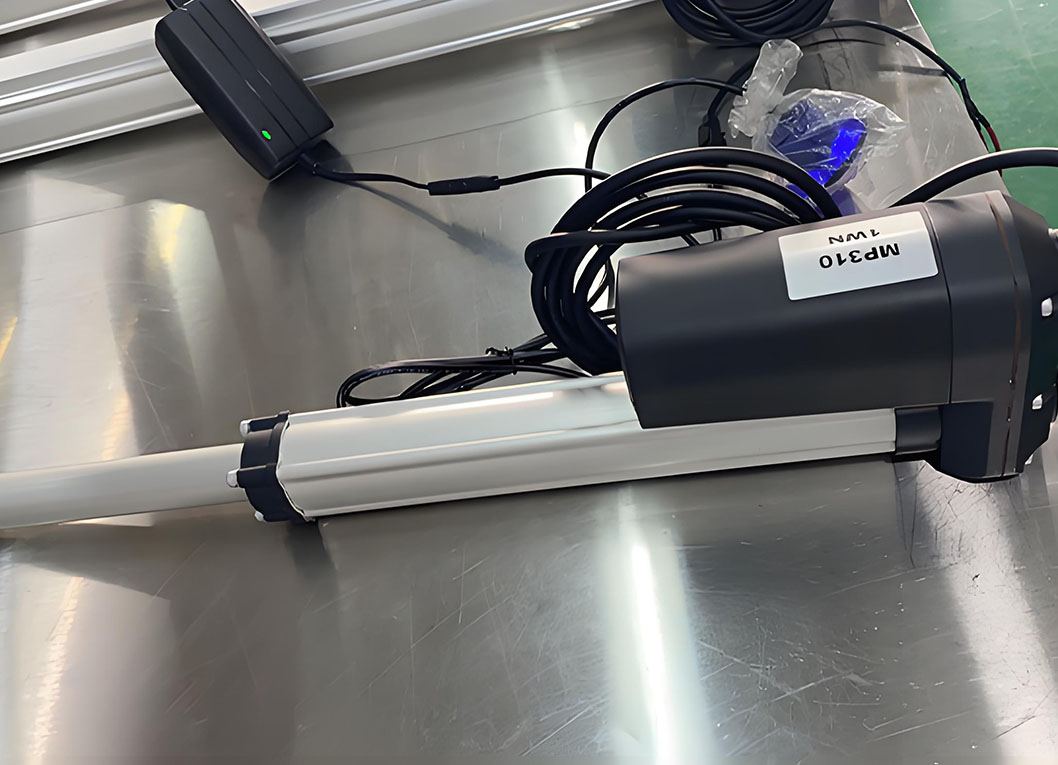
Disadvantages and Limits
No tool is perfect—let’s talk about what to watch out for.
- Lost Steps: If the load is too high, it can skip.
- Less Torque at High Speed: Goes slower, loses power.
- Resonance and Vibration: Sometimes it shakes.
- Gets Hot: Uses power even when not moving.
- Noisy: Some motors hum or buzz.
Still, with our smart controls, these problems are tiny.
Many Uses for Rotary Stepper Motors
Everywhere you look—stepper motors do the job. Here’s where you find them:
3D Printing
- Moves head side to side and up and down.
CNC Machines
- Cuts, engraves, and mills with care.
Robotics and Automation
- Puts things in place.
- Picks and moves on the spot.
Medical and Lab Equipment
- Syringe pumps give precise medicine or mix chemicals.
Optical and Science Tools
- Focuses lenses.
- Slides microscope stages.
Everyday Electronics
- Printers, scanners, and cameras use stepper motors too.
Are you building machines, furniture, or science gear? We have the best choices. See our DIY Projects & Robotics Linear Actuators and Medical Device Actuators.
Driving and Controlling Rotary Stepper Motors
Let’s make your motor work just right.
- Drivers help with current flow and stepping.
- Microstepping Drivers make moves smoother and quieter.
- Controllers like Arduino and Raspberry Pi give you full command.
- Closed-loop Systems use encoders to check movement—no lost steps!
At Jimi, we supply advanced actuator controllers, and can even design special feedback systems for your needs.
Choosing the Right Motor For Your Project
How do you know which rotary stepper motor fits your job? Follow these steps:
- Understand Your Load: What do you want to move? How heavy? How fast?
- Check Accuracy Needs: Does it need to be very precise?
- Environment Matters: Will it get hot, wet, or dusty?
- Balance Cost and Features: Don’t overpay. Buy what fits.
- System Integration: Make sure everything works together.
And when you need help, come to Jimi—we’re experts in custom actuator solutions, integrating power with control for all your automation dreams. Visit China Electric Cylinder Factory for more details.
Fixing Problems: Easy Solutions
Stepper motors sometimes misbehave. Here’s what you should check:
- Lost Steps: Try bigger motors, check wiring, use better controls.
- Overheating: Use proper current settings, cool down with fans, watch running time.
- Noise and Vibration: Microstepping, fine-tuning, and damping.
- Stops Working: Check all connections, swap drivers, test your power supply.
Need help? We offer strong support—and clever solutions!
Data and Facts: Why Do People Love Rotary Stepper Motors?
Here’s a simple table with fun facts:
| What | Value | Note |
|---|---|---|
| Market Size | $2.5 – $3.0 Billion USD | 2023 Data |
| Main Use | Industrial automation & robotics (40% market share) | Company Sales Reports |
| Accuracy | Open-loop: 0.005°-0.05° per step; Closed-loop: 0.001° or better | Maker Datasheets |
| Max Speed | 1,000 – 2,000 RPM | Best in Class |
| Holding Torque | Mini: 0.01-0.1 Nm; Common: 0.1-2.0 Nm; Big: 2.0-100+ Nm | Product Catalogs |
| Cost | 2-5x less than servos | User Reports, Jimi Tests |
| Energy Use | Uses more at rest, but smart features save power | Tech Journals |
| Uses | 3D Printer, Medical pump, CNC, Automation, Camera | Community Stories |
References
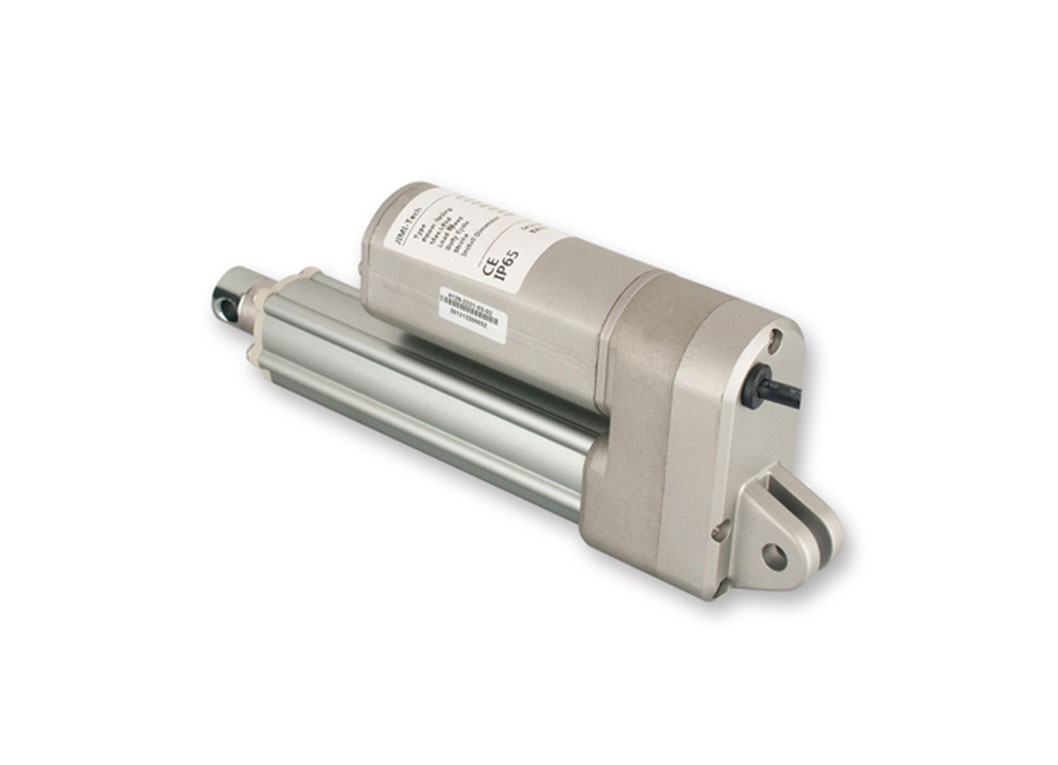
- Grand View Research
- Oriental Motor
- Prusa Research
- Portescap
- UNIDO Manufacturing Reports
Jimi Technology: Your Trusted Expert
We don’t just sell motors. We design and make high-quality linear actuators and automation systems for all needs. Our motors and lifts use the best materials, with precision engineering, custom designs, and top certifications. Trust us for strong, long-lasting, and quiet motors that work at your touch.
You need control and power. We deliver it. Our solutions raise, lower, push, pull, and tilt everything—fast and safe. Get the Industry 4.0 advantage!
Check out our full range, from Electric Linear Actuators to Servo Motor Actuators and Heavy-Duty Linear Actuators.
Conclusion: Step Into Precision with Jimi
Rotary stepper motors are magic helpers in the world of machines. They help you move things precisely, safely, and easily. Whether for robots, printers, or scientific tools, they make jobs better.
At Jimi Technology Co., Ltd., we lead in this field. Our motors are strong, smart, and ready for tough jobs. With our team, you get experience, trust, and care. When you choose our products, you choose the future of precision automation.
Need help with motion control, accuracy, or new machine designs? Call us—we’re ready to guide you!
References:
- Grand View Research
- Prusa Research Forums
- Portescap Medical Device Studies
- Oriental Motor Technical Guides
- UNIDO Industrial Automation Reports
Still curious? See our Stepper Motor Actuators, Electric Linear Actuators, Servo Motor Actuators, DIY Projects & Robotics Linear Actuators and Heavy-Duty Linear Actuators. Grow with Jimi—precision that moves you.



